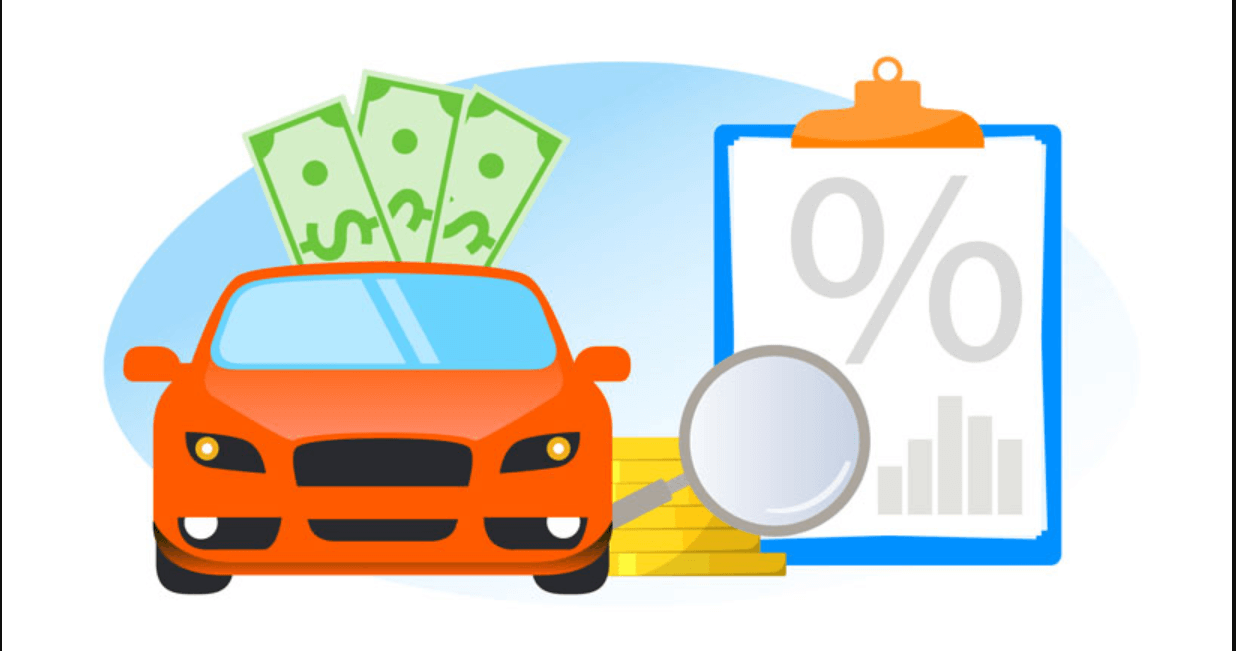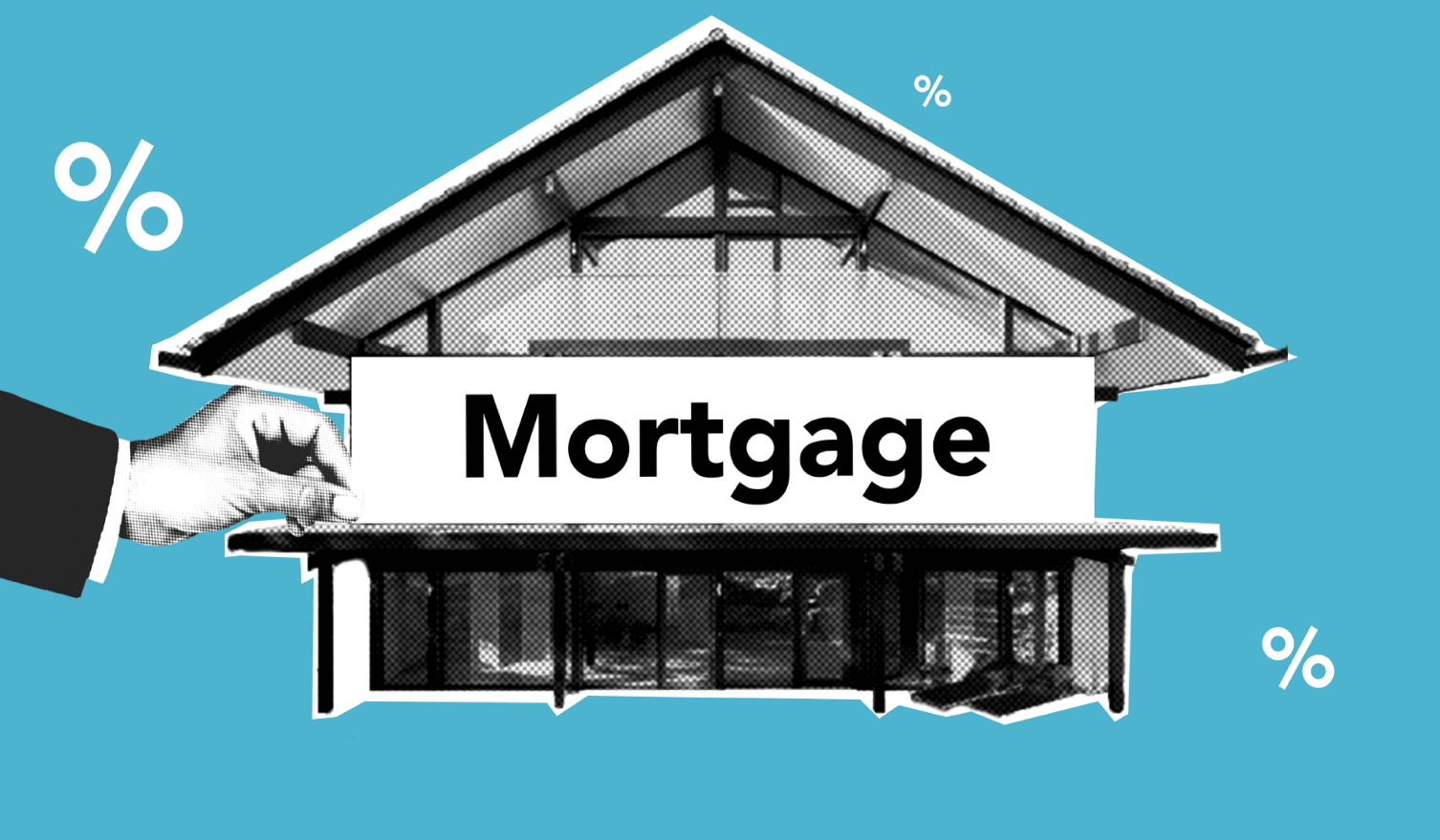What is A loan that is a financial arrangement in which one party, typically a lender such as a bank or financial institution, provides a specific amount of money to another party, known as the borrower. The borrower agrees to repay the borrowed amount, usually with interest, over a predetermined period. Loans play a crucial role in enabling individuals and businesses to access funds for various purposes, such as buying a home, starting a business, or covering unexpected expenses.
2. Types of Loans
2.1 Personal Loans
Personal loans are a common form of borrowing that individuals use for personal expenses like home renovations, debt consolidation, or medical bills. These loans are typically unsecured, meaning they don’t require collateral, and their terms and interest rates can vary based on the borrower’s creditworthiness.
2.2 Home Loans
Home loans, also known as mortgages, are specifically designed to help individuals or families purchase a house or property. These loans are secured by the property itself, and the borrower repays the loan amount over an extended period, usually spanning several years or decades.
2.3 Auto Loans
These loans can be obtained from banks, credit unions, or auto dealerships, and they typically require a down payment. The vehicle itself serves as collateral, and the borrower pays back the loan amount with interest over a fixed term.
2.4 Student Loans
Student loans are designed to assist students in funding their education expenses, including tuition fees, books, and living costs. These loans can be obtained from government programs or private lenders, and they come with specific terms and repayment options tailored to students’ needs.
2.5 Business Loans
Business loans are intended for entrepreneurs and businesses to fund their operations, expansion plans, or capital investments. These loans can be secured or unsecured, and their terms depend on factors such as the business’s creditworthiness, revenue, and purpose of the loan.
3. How Loans Work
When a borrower applies for a loans, they submit an application with the necessary documentation, such as proof of income, identification, and credit history. The lender evaluates the application and assesses the borrower’s creditworthiness and ability to repay the loans.
4. Loans Application Process
- Gathering required documentation, such as identification, proof of income, and bank statements.
- Waiting for the lender to review and assess the application.
- If approved, signing the loan agreement and accepting the terms.
- Receiving the loans funds either through direct deposit or a check.
5. Interest Rates and APR
Interest rates determine the cost of borrowing money and are expressed as a percentage of the loan amount. The Annual Percentage Rate (APR) incorporates not only the interest rate but also any additional fees or charges associated with the loan.
6. Repayment Terms and Options
Loan repayment terms outline the schedule and amount of payments the borrower must make to repay the loan. These terms include the loan duration, the frequency of payments (monthly, biweekly, etc.), and the total number of payments required.
7. Advantages and Disadvantages of Loans
7.1 Advantages
- Provides access to funds for various purposes
- Allows individuals and businesses to make significant purchases or investments
- Can help build credit history when repaid responsibly
7.2 Disadvantages
- Borrowing comes with interest costs and fees, increasing the overall amount to be repaid
- Failure to repay loans can result in damaged credit, collection efforts, or legal consequences
- Borrowing beyond one’s means can lead to financial strain or debt problems
8. Loan Eligibility and Requirements
Loans eligibility depends on factors such as credit score, income stability, employment history, and debt-to-income ratio. Lenders assess these criteria to determine the borrower’s ability to repay the loan. Meeting the specific requirements set by each lender increases the chances of loan approval.
9. How to Choose the Right Loans
When choosing a loan, consider the following factors:
- Purpose of the loans
- Interest rates and fees
- Repayment terms and flexibility
- Total loan cost
- Lender’s reputation and customer service
10. Managing and Paying Off Loans
Proper loan management involves staying organized, making regular payments on time, and tracking your loan balance. Consider budgeting techniques, automated payments, and paying more than the minimum to reduce interest costs and pay off the loan sooner.
11. Common Loan Terminology
- Principal: The original loan amount borrowed.
- Collateral: An asset pledged to secure a loanes. Read more…
Conclusion
In conclusion, what is a loan serve as valuable financial tools that allow individuals and businesses to achieve their goals and manage their financial needs. By understanding the types of loans available, the application process, repayment options, and best practices for borrowing, individuals can make informed decisions and use it to their advantage.
FAQs (Frequently Asked Questions)
- Q: Are there any alternatives to traditional bank loans?
- A: Yes, alternatives include peer-to-peer lending platforms, credit unions, and online lenders that offer different loan options and terms.











